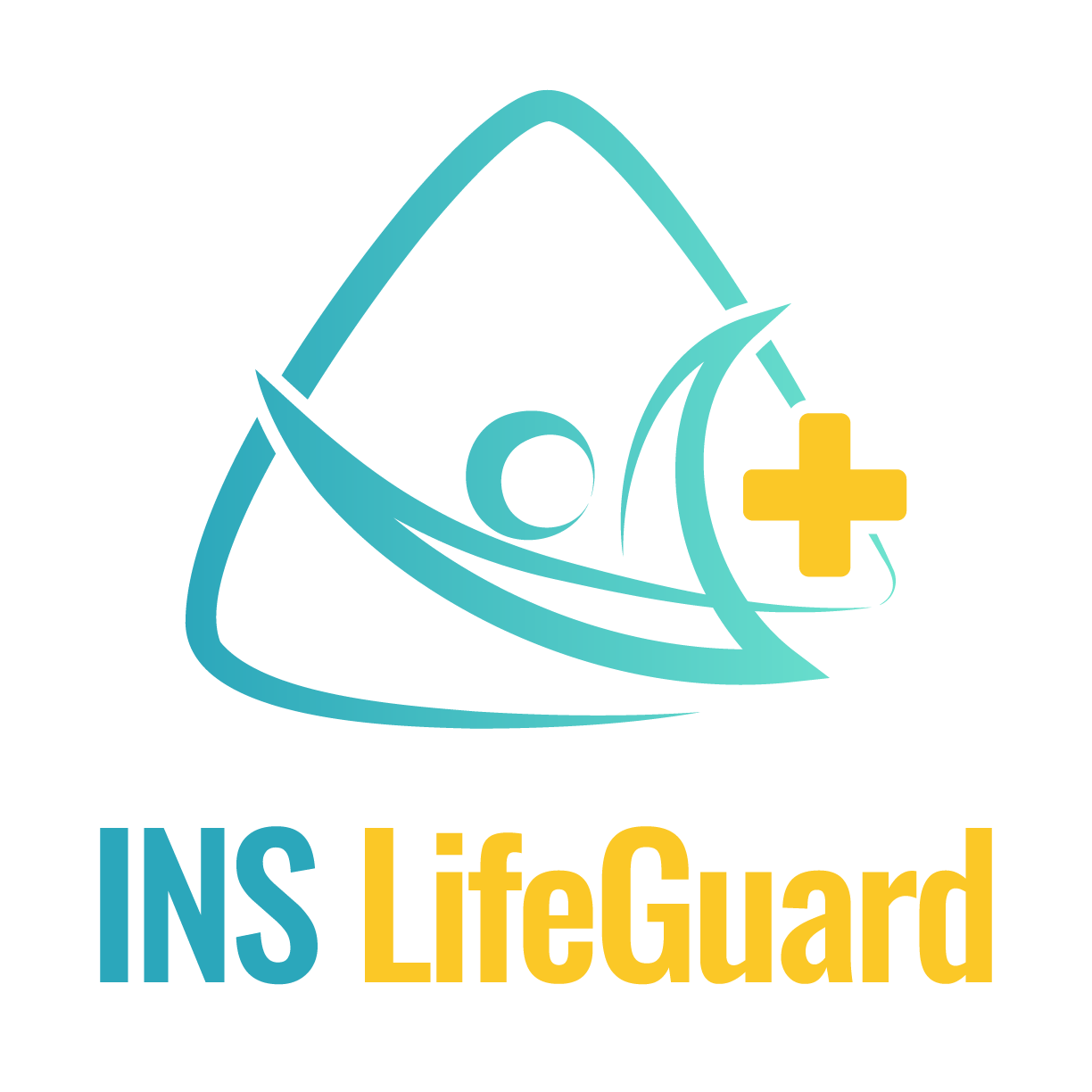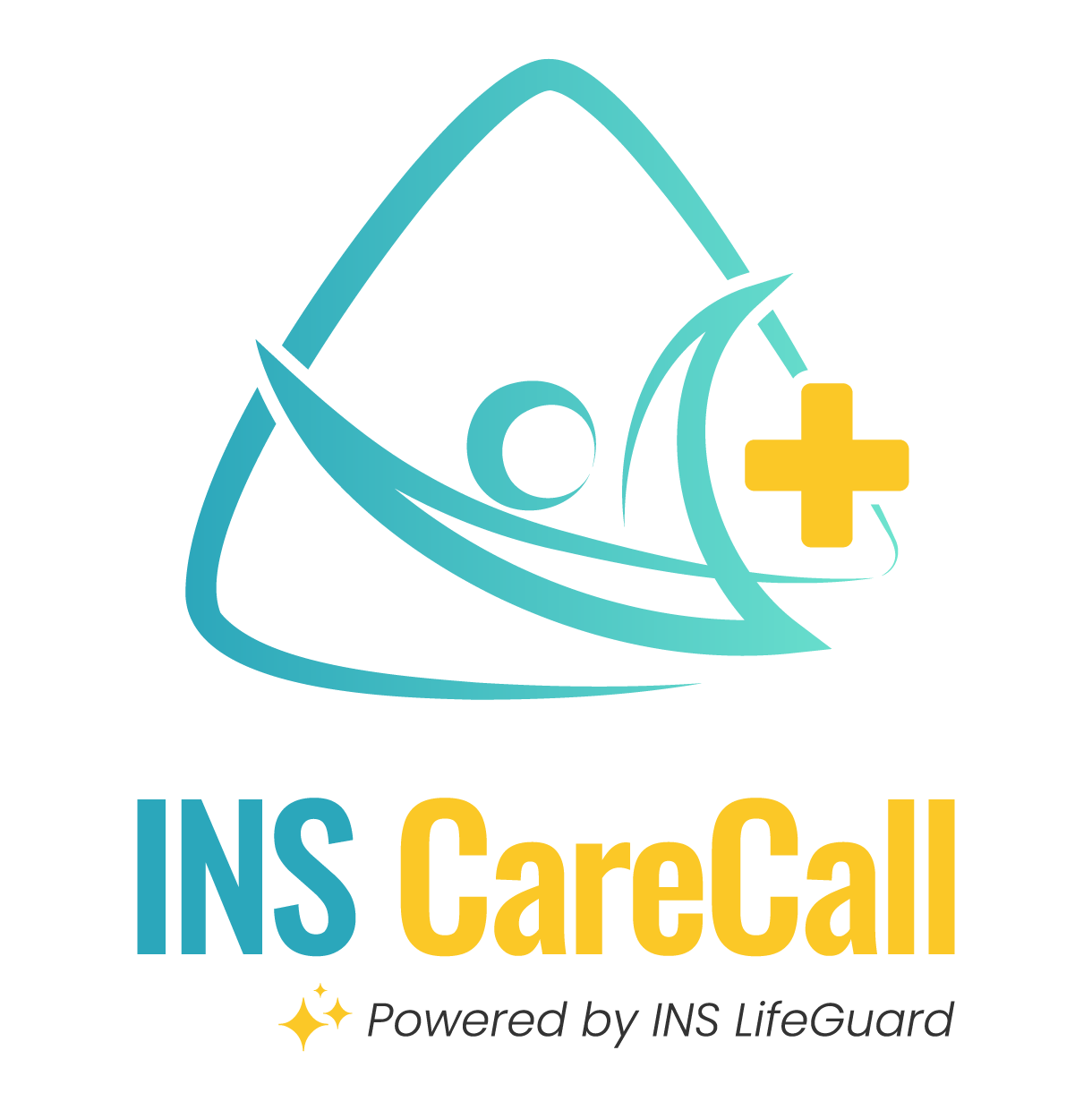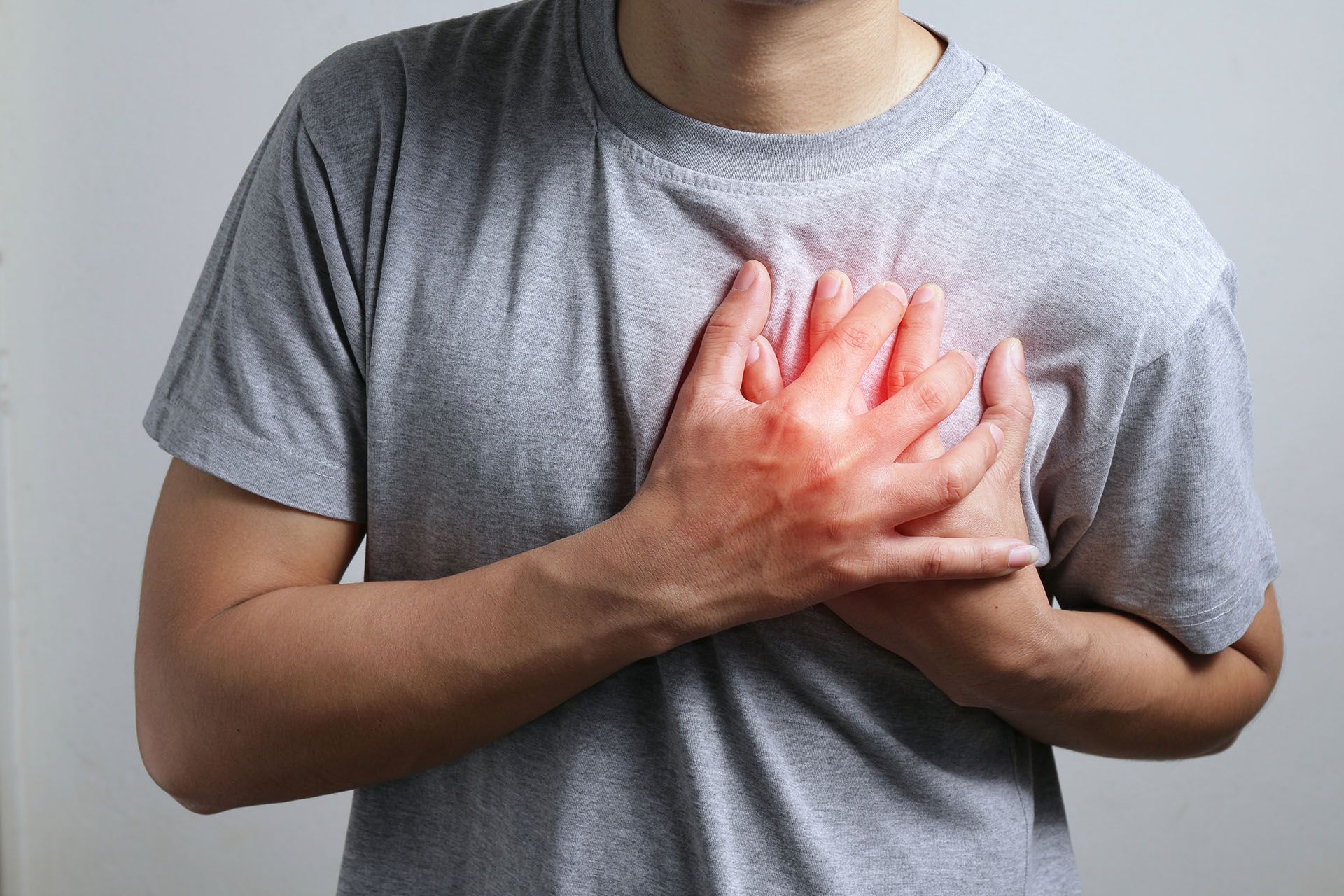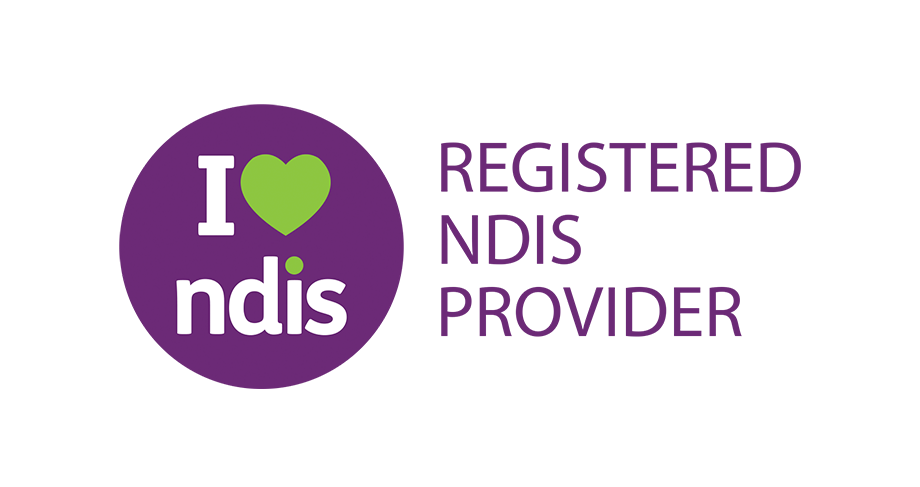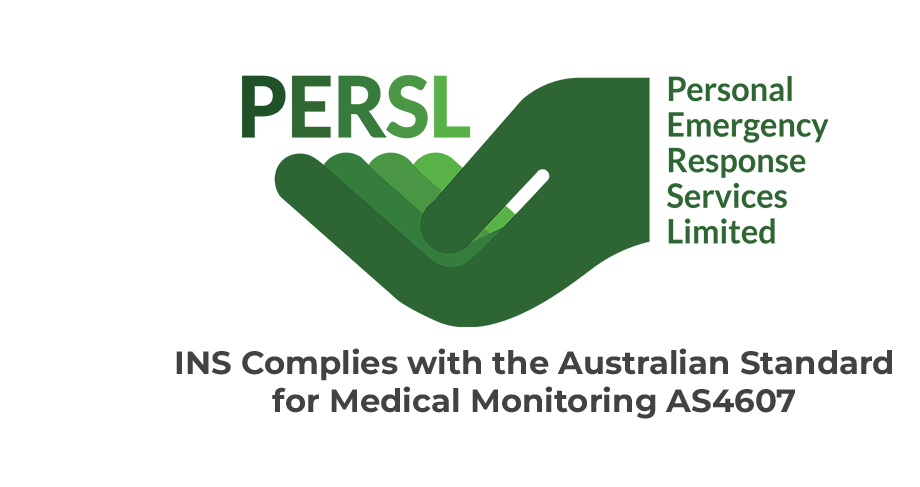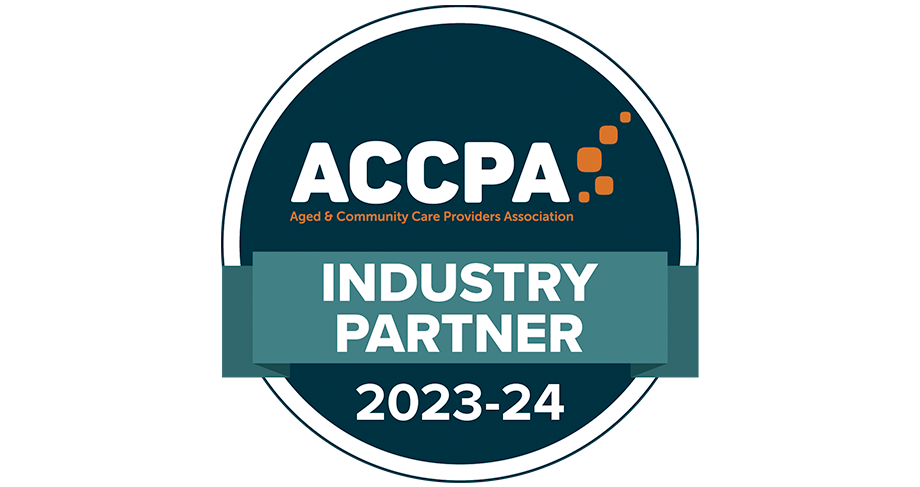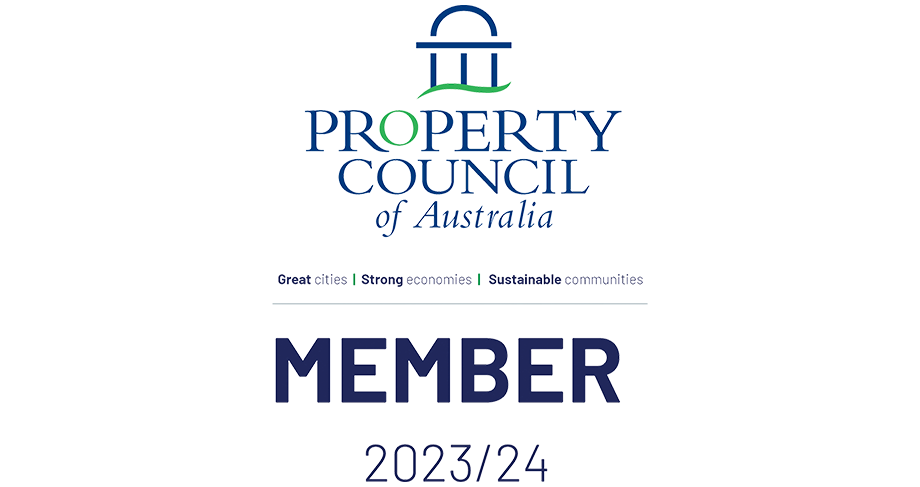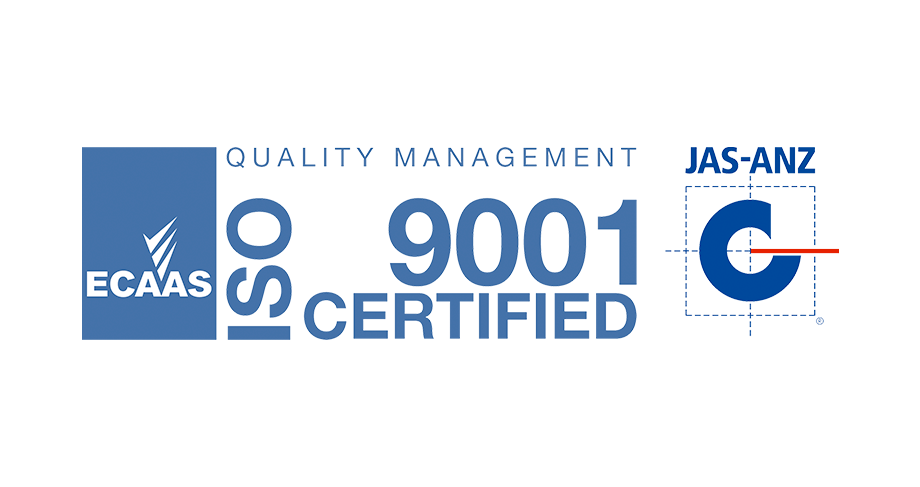INS LifeGuard
Leveraging On-Call Nurses for Emergency Medical Assistance
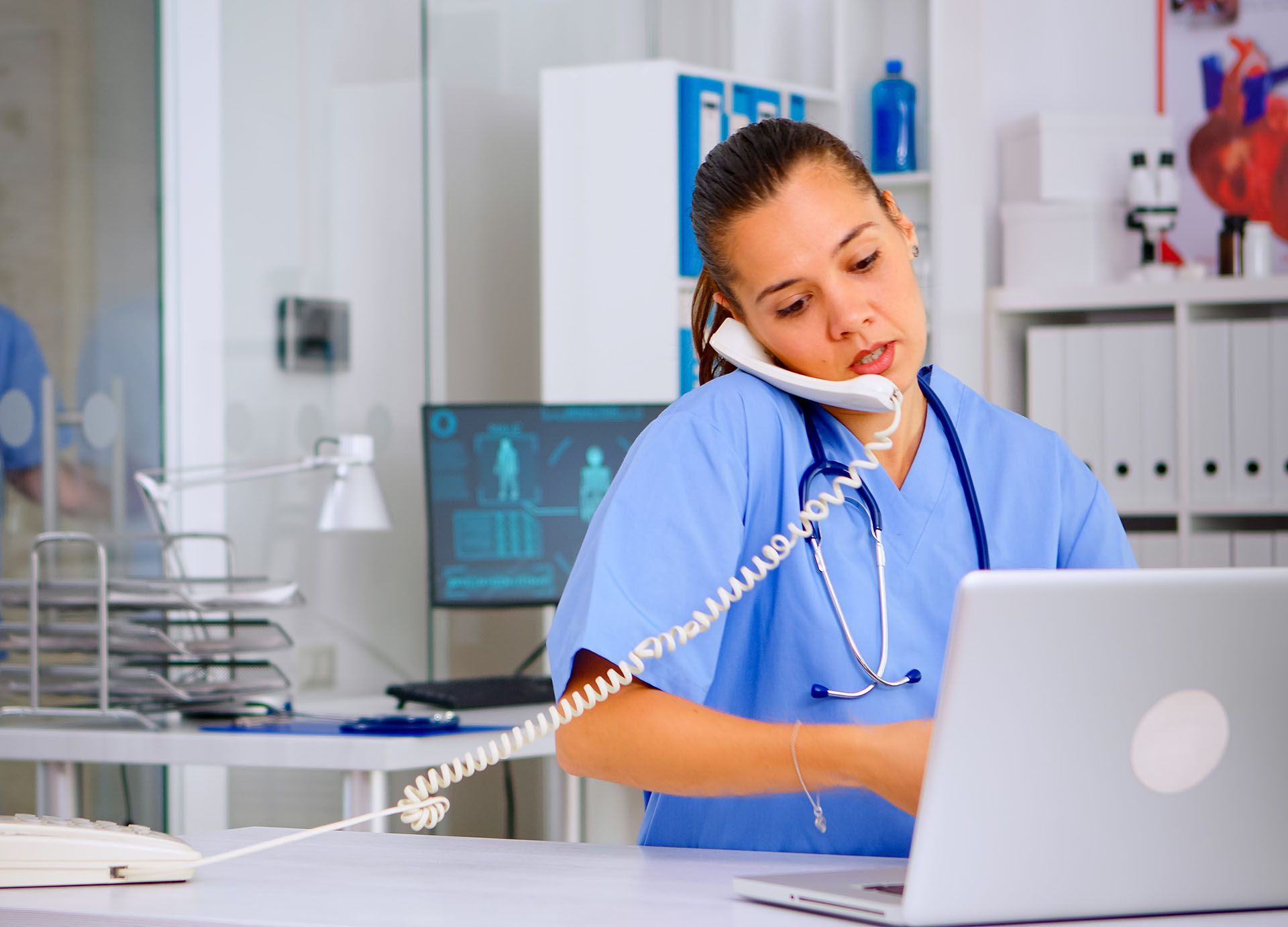
Emergency departments in Australia serve as vital hubs for immediate medical attention, significantly impacting patient outcomes and the broader healthcare system. However, recent trends have revealed concerning challenges leading to prolonged wait times and strained resources within these departments. Every state and territory has reported instances of bed-block and increased ambulance ramping outside overcrowded emergency departments.
Statistics from 2021-22 reveal stark increases in wait times, stressing patients and healthcare providers. The percentage of ED visits completed within the four-hour mark decreased over time. In 2021–22, only 61% of visits met this timeframe, down from 67% in 2020–21 and 71% in 2017–18.
Moreover, 50% of patients waited around 20 minutes before being seen, an increase of 2 minutes from the previous year and notably longer compared to the preceding three years.
These challenges have resulted in life-threatening delays, putting immense pressure on hospitals and the need for innovative solutions to address the challenges faced by the healthcare system.
Challenges Faced by Patients and Healthcare Providers
The Emergency Department confronts several hurdles in delivering timely care:
Overcrowding
EDs often experience overcrowding, leading to longer wait times for patients. This can result from a high volume of patients, insufficient resources, or delays in moving admitted patients to inpatient beds.
Resource Allocation
Limited resources such as hospital beds, staff, and medical supplies can strain the ED's ability to provide timely care. It can impact patient flow and quality of care.
Staffing and Burnout
ED staff often face high stress levels due to the fast-paced environment and dealing with critical situations. Staff shortages and burnout can impact the quality of care and staff retention.
Communication and Coordination
Effective communication between healthcare providers within the ED and between ED staff and other departments is crucial. Inadequate communication can lead to delays, errors, and compromised patient care.
Patient Flow
Optimising patient flow through the ED, from triage to discharge or admission, is essential. Delays in any stage can exacerbate overcrowding and compromise patient outcomes.
Disaster Preparedness
Being ready to handle mass casualties, natural disasters, or public health emergencies requires continuous planning, training, and resource management.
The Role of On-Call Nurses in Addressing the Need for Innovative Solutions
In situations requiring immediate medical assistance, INS LifeGuard’s specialised nurse-on-call service emerges as a pivotal solution, particularly in areas with limited healthcare access, such as rural, regional or remote locations.
Our emergency response centre, staffed by qualified nurses and other healthcare professionals, offers swift assessment, guidance, and effective triage, bridging the gap between emergencies and life-saving assistance.
LifeGuard's medical alarms and Nurse Call Systems provide peace of mind at home. Simply press the SOS button, and you'll be connected to a nurse 24/7, who has access to your personal details and medical history. The nurse will gather essential information about the caller's condition or emergency and determine the urgency of the situation. This involves identifying life-threatening conditions and determining the appropriate level of response.
Depending on the severity of the situation, the INS nurse may dispatch whatever assistance you require—whether it means contacting a neighbour, friend, family member, or sending emergency services. Additionally, we offer advice on managing the patient's condition until further help arrives. In cases where the nurse is unable to establish voice contact, an ambulance is dispatched to your location without delay.
Following the initial intervention, our nurses may conduct follow-ups to check on the patient's condition and provide further guidance if necessary. Ongoing monitoring and support continue until the patient receives definitive care, ensuring a comprehensive and compassionate approach to healthcare in moments that matter most.
Personal Alarm Systems & Medical Alarm Services
From easy-to-install personal alarms for home use to on-the-go devices with accompanying apps, INS LifeGuard goes beyond the basics. We offer fully integrated telecare and telehealth systems, catering not only to individuals but also to entire villages and housing organisations across the country. Some of our top personal alarms include the INS LifeGuardian® App, LifeGuard SmartTracker, and LifeGuard SafetyWatch.
Features include:
- Built-in GPS locator ensures that in an emergency, our nurses can locate you, communicate with you, and send assistance.
- Two-Way Voice and optional Video Alarm response by the LifeGuard Emergency Response Centre.
- Medication prompts and reminders for appointments or other events.
- Fall detection.
- Geo-fencing for wandering and NDIS participants with alarms sent.
Beyond alarms, INS LifeGuard integrates virtual care services, fostering a holistic healthcare approach. This includes TeleHealth services, a
Free Nurse and Health Information Chat Line for information or support,
Welfare Checks, and the
INS LifeGuardian Connect® App, combining technology and human touch for a well-rounded support system.
TeleHealth Services
TeleHealth beats traditional in-person care in so many ways. It's safer, quicker, improves results, and can save you money. That's why we're big believers in its future.
INS LifeGuard TeleHealth services offer various benefits for seniors and individuals with chronic health conditions. This advancement in healthcare delivery prioritises convenience and accessibility, particularly beneficial for those in remote areas. By eliminating the necessity for extensive travel to visit specialists, TeleHealth saves valuable time and reduces financial burdens.
The challenges faced by seniors and individuals with limited mobility in attending in-person appointments are effectively addressed by our services, allowing them to receive care comfortably from their homes. Furthermore, virtual consultations foster improved communication between patients and healthcare professionals, facilitating better chronic condition management and overall health enhancement.
Final Thoughts
The challenges faced by Australia's emergency services highlight the need for proactive measures to ensure timely and efficient healthcare delivery, especially in rural and remote areas. The integration of on-call nurses into the emergency response system is a practical and impactful solution that can alleviate pressure on overcrowded emergency departments, reduce ambulance ramping, and ultimately save lives. As we navigate the evolving landscape of healthcare, prioritising investments in telehealth infrastructure and supporting the training and recruitment of on-call nurses will be instrumental in building a more resilient and responsive emergency healthcare system for all Australians.
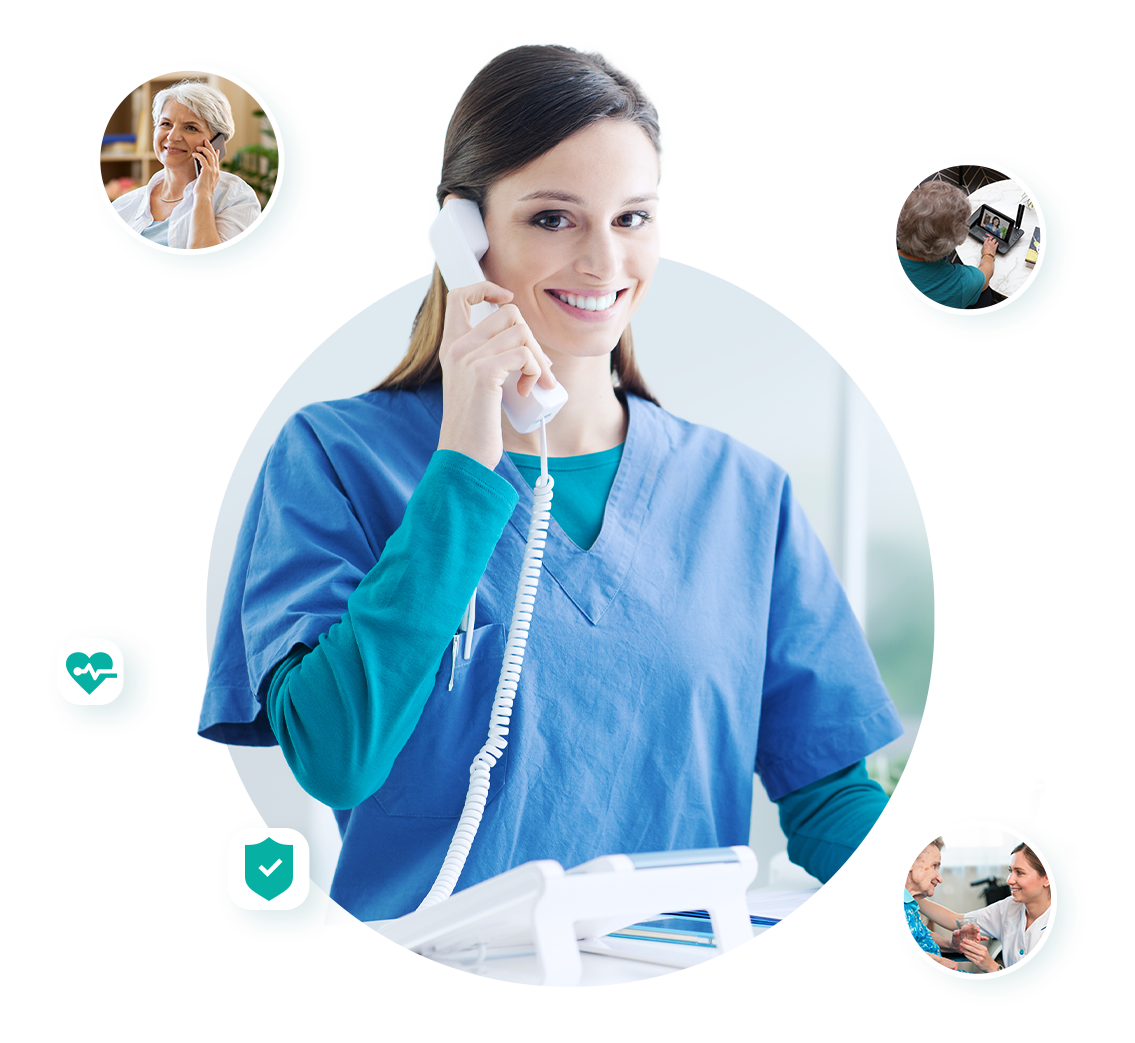
About
INS LifeGuard is the only 24/7 nurse on-call personal and medical monitoring in Australia. We provide monitoring technology for both in the home and on the go and can also monitor other provider's equipment. Our services are suitable for anyone wanting support to stay independent such as the elderly, those with medical conditions and disabilities plus enhancing safety and security for lone workers.
Related Articles

-
Visit our website here
I hope you enjoy reading this blog post
INS LifeGuard is the only nurse on-call personal and medical alarm service in Australia. If you would like more information about INS LifeGuards solutions, visit our website here.
I hope you enjoy reading this blog post.
INS LifeGuard is the only nurse on-call personal and medical alarm service in Australia. If you would like more information about INS LifeGuards solutions, visit our website
here.

INS LifeGuard is the only nurse on-call personal emergency response service in Australia. We have a commitment to healthcare innovation which includes personal alarms and medical alert solutions that make independence easier, safer and more enjoyable.
Our services support Seniors, Carers, Providers, NDIS Participants, Retirement Villages, DVA, Lone Workers and anyone that wants the security that help is a press of a button away.
LATEST POSTS
PO Box 485 Unanderra NSW 2526 Australia
INS LifeGuard
International Enquiries
INS CareCall supplies and monitors emergency response equipment and services, including hardware manufactured by Chiptech, Smart-Caller, SmartLink, and the LifeGuard L-Series Diallers.
Monitoring of alarms is provided through INS LifeGuard's unique Emergency Response Centre, which is the only personal alarm response centre staffed by qualified nurses. This is an important distinction.
Quicklinks
Supporting
PO Box 485 Unanderra NSW 2526 Australia
INS LifeGuard
International Enquiries
